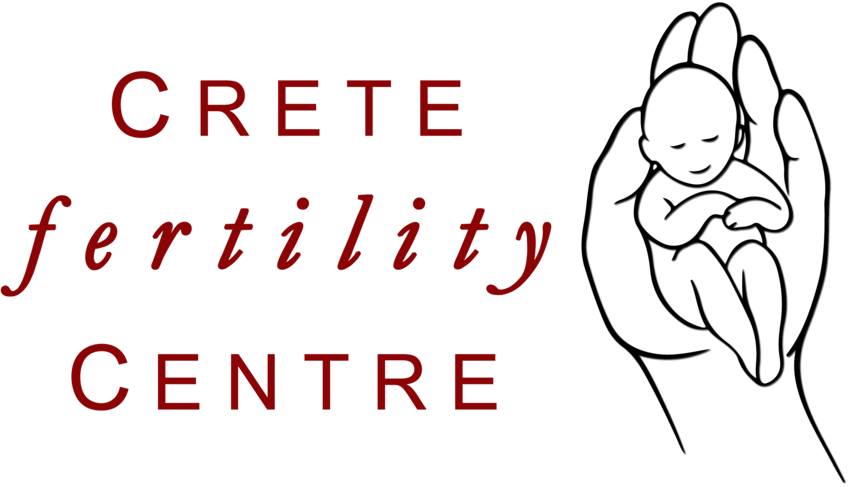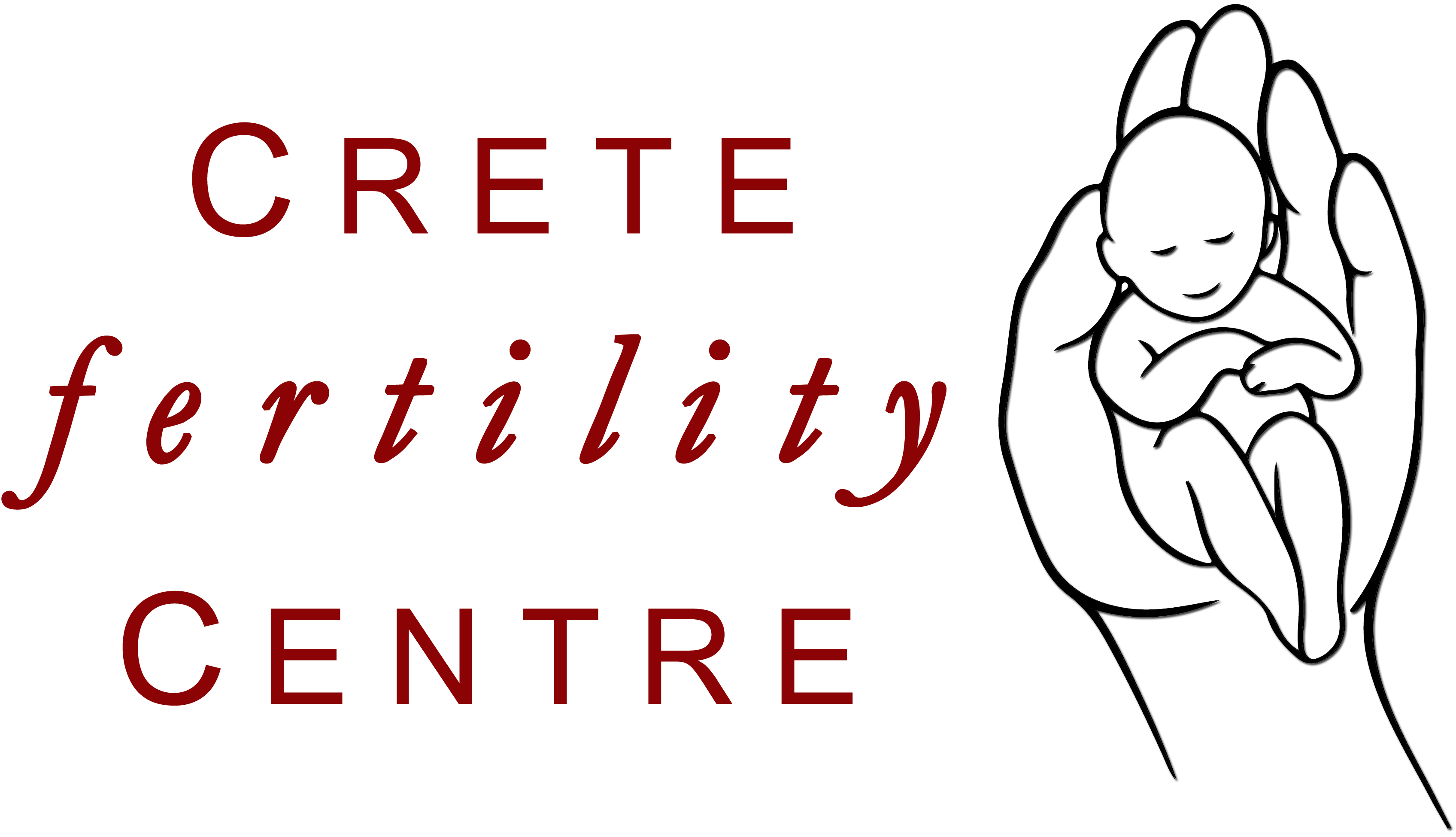ICSI Intra-cytoplasmic sperm injection
ICSI, or Intracytoplasmic sperm injection, is a micromanipulation technique developed to help achieve fertilization for couples with severe male factor infertility or couples who have had failure to fertilize in a previous in vitro fertilization attempt (IVF).
The procedure overcomes many of the barriers to fertilization and allows couples with little hope of achieving successful pregnancy to obtain fertilized embryos. The procedure was first used at UCSF in 1994 and the first successful birth, achieved with ICSI assistance, was in February 1995. UCSF was the first San Francisco Bay Area program to achieve a pregnancy and birth with this “miracle” procedure.
How ICSI Works
The technique involves very precise manoeuvres to pick up a single live sperm and inject it directly into the centre of a human egg. The procedure requires that the female partner undergo ovarian stimulation with fertility medications so that several mature eggs develop (IVF). These eggs are then aspirated through the vagina, using vaginal ultrasound, and incubated under precise conditions in the embryology laboratory.
The semen sample is prepared by centrifuging (spinning the sperm cells through a special medium). This solution separates live sperm from debris and most of the dead sperm. The micromanipulation specialist picks up the single live sperm in a glass needle and injects it directly into the egg.
Through the ICSI procedure, many couples with difficult male factor infertility problems have achieved pregnancy. Fertilization rates of 70-80% (of all eggs injected) are currently being achieved, and pregnancy rates are comparable to those seen with IVF in couples with no male factor infertility.
Pregnancy rates in our unit are 48 – 50%, depending on the woman’s age.





